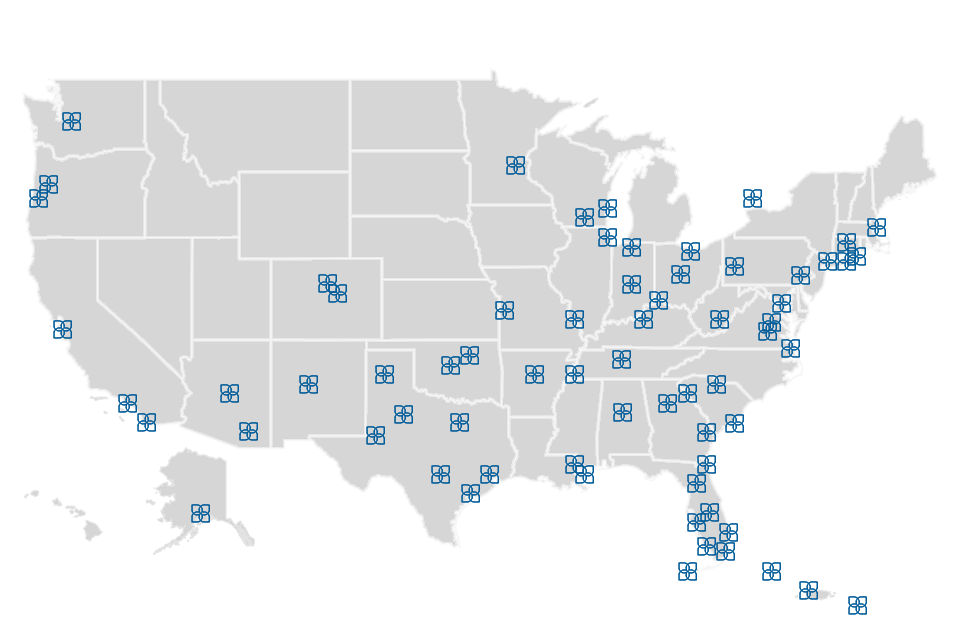October 31, 2022 – By Lou Plasencia
Review and download the PDF version of Hospitality Industry Insights – A Holistic View of the Current Hotel Investment Environment.
A Look Back
Over the past several months, many of us in the hospitality investment community have had casual conversations regarding the Federal Reserve Bank’s logic in the comments they’ve made and the actions they’ve taken. Looking at those actions in a more holistic manner, it’s important to realize that the Federal Open Market Committee (FOMC) has actually raised the Fed funds rate by 300 basis points in the past seven months alone. That’s an increase of 1,200 percent – a pace rarely seen at any point in history!
While the U.S. economy is relatively stable, though slowing, and corporate balance sheets remain healthy, the initial 225-basis-point slug of FOMC increases earlier this year delivered an initial shock to the market. The most recent hikes, and the promise of further escalations, are now taking a greater toll, especially within the lodging sector. As U.S. interest rates have risen, the strength of the dollar has had a major impact on economies throughout the globe resulting from these hawkish Fed policies. In addition to the cracks we now see in the credit markets, the weakness in foreign currencies is bound to negatively impact inbound international real estate acquisitions and inbound travel, just as the hospitality industry was beginning to put the pandemic in its rearview mirror.
On the hotel and resort investment front, many real estate deals have cratered due to prohibitively expensive debt and pullbacks from financing sources. The cost of borrowing on a hotel has virtually doubled in less than a year. Transactions are still closing and refinancings are still occurring, but deal volume is certainly not even close to what it was, while borrowing rates continue to move significantly higher due to both benchmark rates and spreads blowing out. So how is the recession we are now headed into different from previous downturns?
Where Are We Now?
Today there are only a handful of hotel loan defaults with which to contend. The delinquency rate, even for the most challenged hospitality assets, remains at very acceptable levels. So the quality of the credit is not the reason lenders aren’t lending. It is not a matter of insolvency. The fact is markets hate uncertainty. The reason lenders are not lending is their executives’ level of insecurity with the direction of the domestic and global economies. Lenders cannot make a market and will not lend until there is stability and clarity in what cost of debt will be going forward. Borrowers, too, are loath to borrow at current rates when they recall they were doing deals at half the cost less than a year ago. Lenders are clearly sitting on their hands, but unlike prior downturns, their hands are full of cash this time. We firmly believe that when lenders do begin to lend again, they will do so aggressively, mainly out of need to place idle capital and generate revenues. In the meantime, debt is still available, albeit at a much higher cost and with lower loan-to-value parameters.
As in previous downturns, it is the flow of funds that has determined the direction of cap rates. There is very little capital flowing at the moment, so cap rates continue to move higher. As a result, many would-be sellers are hitting the “pause” button while they wait for the debt markets to come out of hibernation and cap rates to return to levels they were seeing in 2021 and early 2022. Like acquisition financing, construction debt will also remain difficult to obtain. Lenders are apt to be much more comfortable with placing capital into performing assets rather than waiting for a newly built hotel to ramp up and stabilize. Renovation or repositioning financing for an existing hotel or resort with a record of strong financial performance will be much more attractive to lenders than financing a brand new property.
A Look Ahead?
There is reportedly $325 billion of dry powder waiting to invest in commercial real estate today. A good chunk of that money has been earmarked for lodging investments, which typically beat all return metrics during inflationary periods. After all, what other asset class allows investors to raise their rent virtually every night? Hotel loans can still be found, but the key for those seeking debt for their lodging transactions today is to structure the loan in a manner that allows it to be topped off or refinanced within the next two years. Additionally, more than $4 trillion is sitting in U.S. household accounts. Families still have the money and the desire to travel, but they, too, are getting concerned. Underlying American wealth is strong, but the level of global and domestic uncertainty is what is slowing the economy today. As with every recessionary period, this too shall end, and hopefully this economic downturn will be short and shallow.
The fact is that the Fed is closer to the end of their tightening cycle than they were six months ago, but the FOMC is clearly not finished with hiking rates quite yet. The view ahead remains foggy, but once we are out of that fog, the rest of the ride should be fine. The good news is that as challenging as the second half of 2022 has been for the hotel investment community, investors with dry powder will be able to get back into deal mode soon enough. Deal activity will return, but only once buyers and sellers have visibility on what debt will look like in the foreseeable future. Let’s all hope that the fog begins to lift early next year.
For more valuable Hospitality Industry news and market analysis from The Plasencia Group, be sure to opt-in to our news and communications list.


